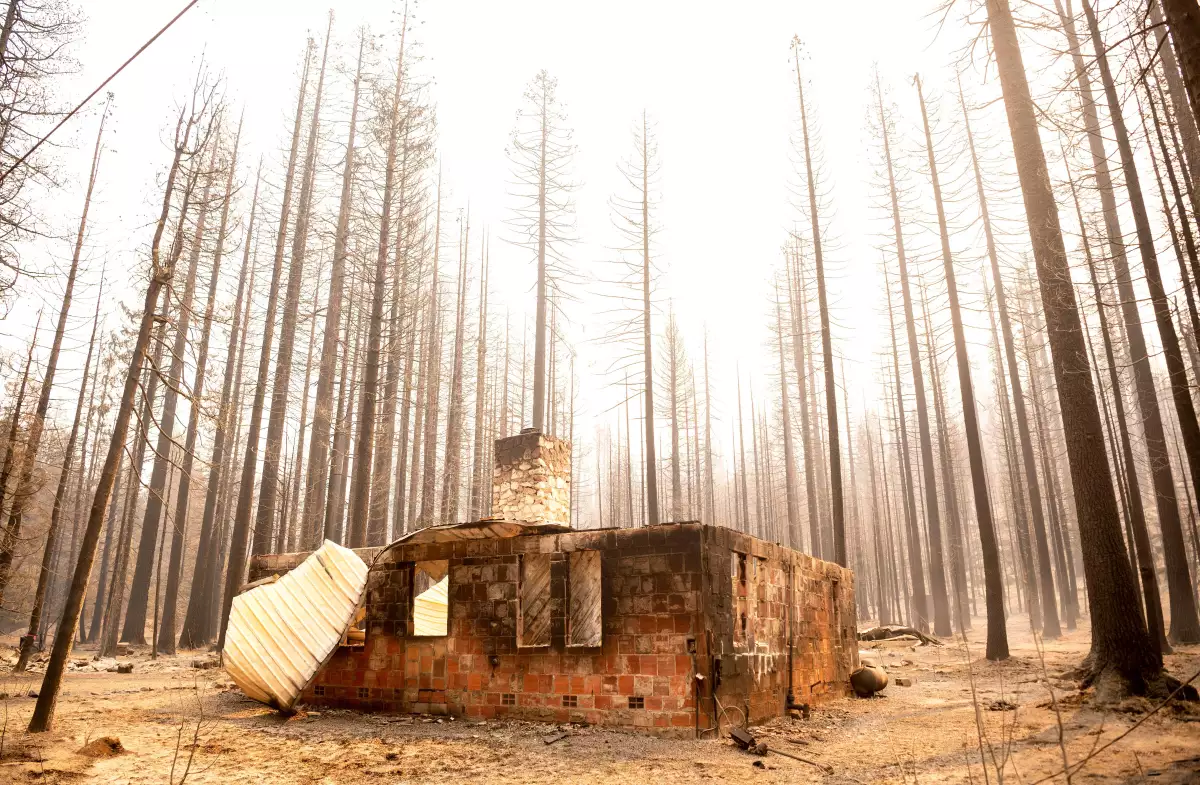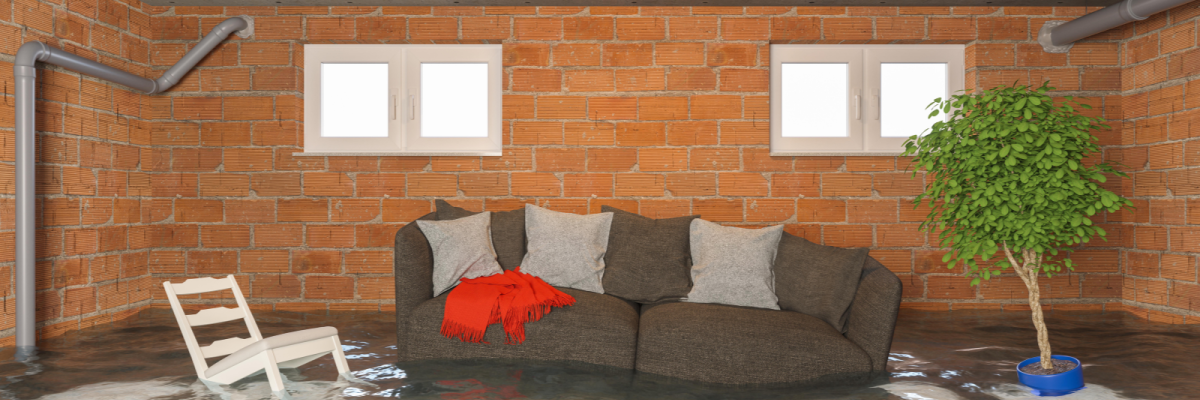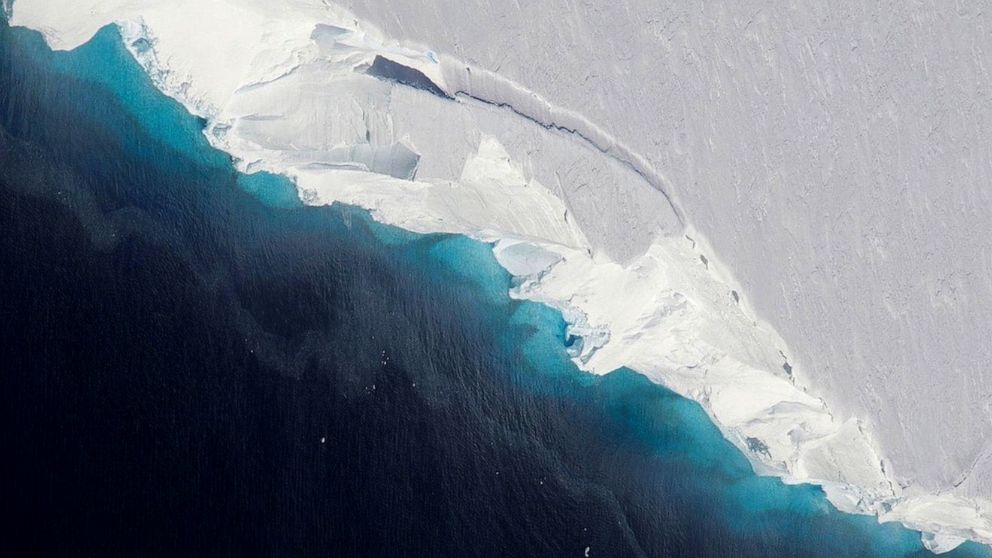Shiftless2
Well-known member
It's not just floodplains ...

The remains of a home smolders during the Caldor fire in Twin Bridges, Calif., on Sept. 1, 2021. Since the beginning of the year, companies representing more than half of California’s $12-billion home insurance market have stopped or limited new policies, citing ballooning costs and risks.
New home buyers — and people getting dropped from their existing coverage — have had a tough time finding homeowners insurance this summer in California as more and more major insurers stop writing new policies in the state.
State lawmakers spent recent weeks trying to piece together a deal that would make it easier for companies to charge higher prices, in the hopes of enticing carriers to reopen for new business. As the clock struck midnight on Monday night, marking the final deadline for introducing a new bill to be voted on before Thursday’s close of the legislative session, a deal had failed to materialize.
But major changes to the state’s current regulatory regime could still come this year, whether by action from Gov. Gavin Newsom or, more directly, from Insurance Commissioner Ricardo Lara, who oversees the state’s insurance regulatory system. The state Assembly will also hold more hearings on the topic this fall, which could set the stage for legislative change next year.
“We just couldn’t find that sweet spot in protecting our consumers and creating a stable insurance market,” said Sen. Bill Dodd (D-Napa), who represents a wine region that has seen ...

 www.latimes.com
www.latimes.com
The scramble to fix California’s home insurance mess failed. Here’s what will happen next
BY SAM DEAN
The remains of a home smolders during the Caldor fire in Twin Bridges, Calif., on Sept. 1, 2021. Since the beginning of the year, companies representing more than half of California’s $12-billion home insurance market have stopped or limited new policies, citing ballooning costs and risks.
New home buyers — and people getting dropped from their existing coverage — have had a tough time finding homeowners insurance this summer in California as more and more major insurers stop writing new policies in the state.
State lawmakers spent recent weeks trying to piece together a deal that would make it easier for companies to charge higher prices, in the hopes of enticing carriers to reopen for new business. As the clock struck midnight on Monday night, marking the final deadline for introducing a new bill to be voted on before Thursday’s close of the legislative session, a deal had failed to materialize.
But major changes to the state’s current regulatory regime could still come this year, whether by action from Gov. Gavin Newsom or, more directly, from Insurance Commissioner Ricardo Lara, who oversees the state’s insurance regulatory system. The state Assembly will also hold more hearings on the topic this fall, which could set the stage for legislative change next year.
“We just couldn’t find that sweet spot in protecting our consumers and creating a stable insurance market,” said Sen. Bill Dodd (D-Napa), who represents a wine region that has seen ...

The scramble to fix California's home insurance mess failed. Here's what will happen next
The deadline for a deal to address the home insurance market came and went in the California Legislature, but the problem persists.









